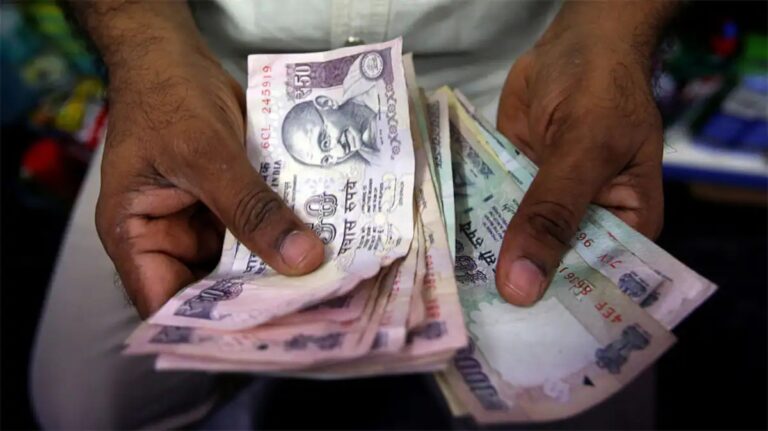
Legal Dispute Over Dearness Allowance Calculation Intensifies
The ongoing legal battle over Dearness Allowance (DA) for state government employees has taken a significant turn, with the All India Consumer Price Index (AICPI) at the center of today’s court proceedings. Petitioners’ counsel, representing the Sangrami Joutho Mancha, argued that DA must be recalculated based on AICPI, which measures inflation across the country. This argument has shifted the case from a financial dispute to a legal and constitutional debate about employee rights. The court’s focus on AICPI highlights its potential to redefine the DA framework, with experts suggesting this could set a precedent for future rulings. The hearing today has raised critical questions about the state’s obligation to align its DA policies with national inflation metrics, challenging the existing pay structure for government employees.
AICPI as the Foundation for DA Calculation
Mr. Gopal Subramanium, the lawyer representing the petitioners, emphasized that AICPI is the cornerstone of DA calculation. He argued that the Central Government’s DA framework, which uses AICPI, is a benchmark that state governments must follow. The lawyer cited ROPA 2009 (Revision of Pay and Allowances) as evidence, pointing out that the index ‘536’ used in DA calculations is derived directly from AICPI. This claim suggests that the state government implicitly acknowledges AICPI’s validity in its own regulations. Subramanium further highlighted the disparity between the Central Government’s 12% DA and West Bengal’s 2%, arguing that this discrepancy violates ROPA 2009’s principles. The court’s acceptance of AICPI’s role could force states to revise their DA policies to match national inflation rates, ensuring fair compensation for employees.
Legal Implications of AICPI-Based DA Calculation
During the hearing, the court questioned whether states are legally bound to provide DA based on AICPI. This query underscores the legal ambiguity surrounding state autonomy versus national policy alignment. Subramanium countered by asserting that the state’s own pay commission (ROPA 2009) has already recognized AICPI as a valid metric. He argued that failing to adhere to this index constitutes a breach of established rules, effectively making the state’s DA policy self-contradictory. The lawyer’s argument hinges on the idea that states cannot selectively apply AICPI while ignoring its implications for employee rights. This legal maneuver could force the state government to justify its DA calculations or face accusations of regulatory inconsistency.
Revisiting ROPA 2009 and the ‘536 Index’
The ‘536 index’ mentioned in ROPA 2009 has become a focal point of the debate. Subramanium claimed this number is not arbitrary but a direct reflection of AICPI data, indicating the state’s implicit acceptance of the index. He further argued that the Central Government’s DA policy, which uses AICPI, serves as a model for state governments. The disparity in DA rates between the center and West Bengal, he noted, exposes a systemic failure to uphold fair compensation. The court’s scrutiny of the ‘536 index’ could determine whether states are obligated to mirror national DA rates, potentially reshaping the financial landscape for millions of government employees. This line of reasoning may also challenge the validity of existing state-specific DA formulas.
Case Impact and Future Outlook
Today’s hearing has transformed the DA case into a broader legal and constitutional discussion about employee rights and inflation-based compensation. The petitioners’ argument that AICPI is inseparable from DA calculation has gained traction, with the court’s questions indicating a growing recognition of its significance. While the case remains unresolved, the focus on AICPI has bolstered the morale of state government employees, who now see a potential pathway to fairer compensation. The outcome could set a legal precedent, compelling states to align their DA policies with national inflation metrics. As the case progresses, the court’s interpretation of AICPI’s role will likely determine the future of DA for state government employees across India.



